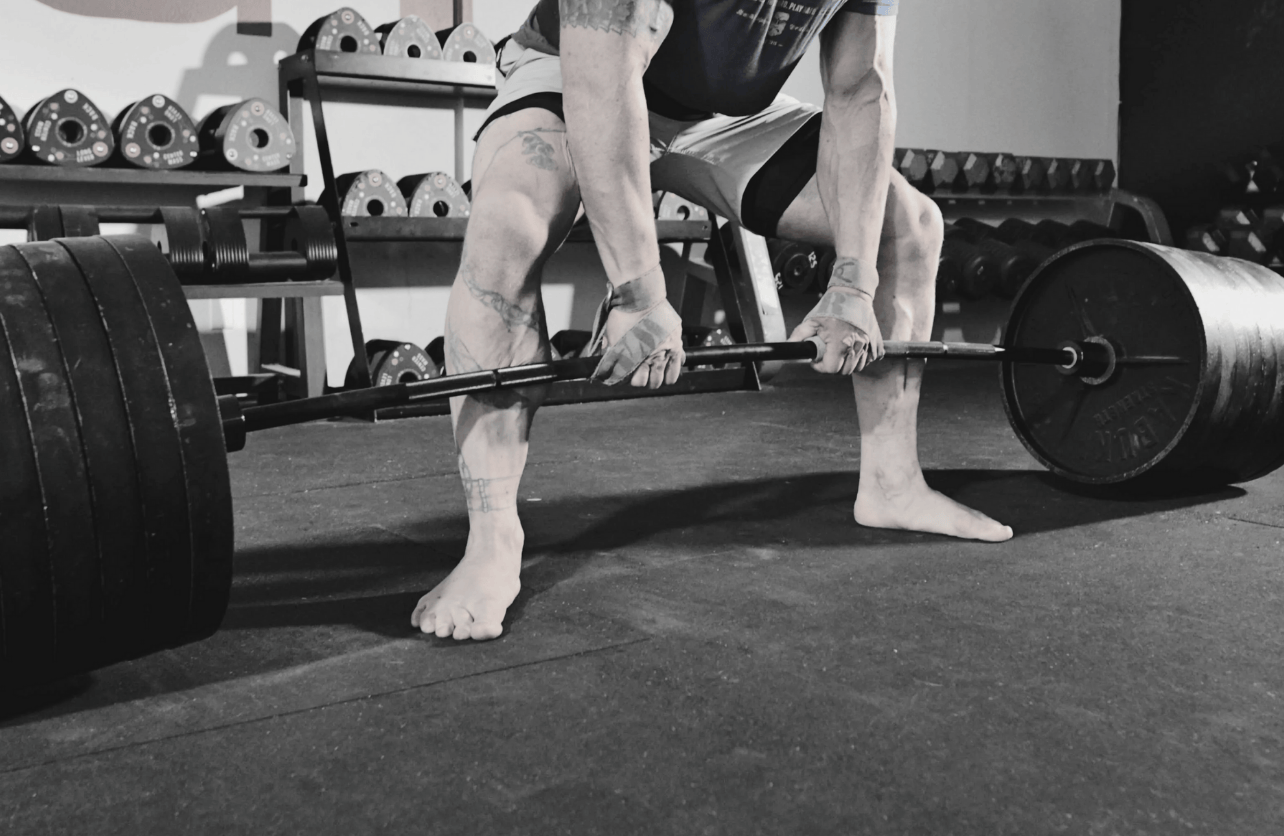Deadlift Bar vs. Standard Bar: What’s the Difference and Why It Matters

When it comes to weightlifting, the type of barbell you use can have a significant impact on your performance, especially in exercises like the deadlift. A deadlift bar is specifically designed to optimize this lift, offering distinct advantages over standard barbells. But what exactly sets a deadlift bar apart, and should you consider using one? Let’s break down the key differences and how they can affect your lifting experience.
What Is a Deadlift Bar?
A deadlift bar is a specialized type of barbell engineered to enhance deadlift performance. Designed with unique features, it offers benefits such as increased flexibility, better grip, and improved mechanics during the lift. Unlike a standard barbell, which is built for versatility across multiple exercises, the deadlift bar is tailored specifically for heavy pulling movements.
Key Differences Between a Deadlift Bar and a Standard Bar
Length and Flexibility
One of the most noticeable differences is the length. A deadlift bar is typically longer, measuring about 90 inches, compared to a standard barbell, which is usually around 86 inches. This extra length provides greater “whip” or flex during the lift.
- Why It Matters: The increased whip allows the bar to bend as you pull, lifting the weights off the ground gradually rather than all at once. This can make the initial pull feel easier and help you maintain better positioning throughout the lift.
In contrast, a standard barbell is more rigid, with minimal flex. While this rigidity is ideal for exercises like squats and bench presses, it doesn’t provide the mechanical advantage offered by a deadlift bar during heavy pulls.
Diameter and Grip
Deadlift bars have a thinner shaft, typically 27mm in diameter, compared to the 28-29mm diameter of standard barbells. The thinner diameter makes the bar easier to grip, which is crucial for heavy deadlifts where grip strength can often be a limiting factor.
Additionally, deadlift bars feature more aggressive knurling, a textured surface that provides grip. This deeper knurling ensures a secure hold, reducing the risk of the bar slipping out of your hands during a lift.
Knurling Pattern
The knurling on a deadlift bar is designed specifically for pulling. Unlike standard bars, which often have center knurling for squats, deadlift bars do not include center knurling.
- Why It Matters: The absence of center knurling prevents unnecessary scraping against your shins during the lift, a common issue with standard bars.
Intended Use
A deadlift bar is purpose-built for deadlifting and excels in that specific movement. Its design optimizes performance, allowing lifters to focus on technique and strength development.
In contrast, a standard barbell is versatile and can be used for a wide range of exercises, including squats, bench presses, overhead presses, and rows. While it’s functional for deadlifts, it doesn’t offer the same benefits as a specialized deadlift bar.
Benefits of Using a Deadlift Bar
- Enhanced Performance: The increased whip and better grip allow you to lift heavier weights more comfortably, making it easier to reach personal records.
- Improved Mechanics: The flexibility of the bar helps lifters get into a more advantageous starting position.
- Reduced Grip Fatigue: The thinner diameter and aggressive knurling make it easier to hold onto the bar during heavy lifts, particularly for those with smaller hands or weaker grip strength.
- Better Shin Protection: Without center knurling, deadlift bars reduce the likelihood of scraping your shins, making the lift less uncomfortable.
When to Use a Deadlift Bar
While a deadlift bar offers clear advantages for heavy pulling, it’s not always necessary. Here are some scenarios where it makes sense to use one:
- Powerlifting Competitions: If your federation allows deadlift bars, using one in training helps you prepare for competition conditions.
- Maximal Effort Lifting: When attempting personal records or training near your maximum, a deadlift bar can give you the edge you need.
- Dedicated Deadlift Sessions: If your workout focuses specifically on improving your deadlift, the specialized design of a deadlift bar can enhance your progress.
Due to its versatility, a standard barbell is usually the better choice for general training or exercises like squats and presses.
Final Thoughts
The choice between a deadlift bar and a standard bar depends on your goals, training style, and specific needs. A deadlift bar is an excellent tool for maximizing your deadlift potential, offering unique features that cater specifically to heavy pulling movements.
However, if versatility is your priority, a standard barbell remains a solid choice for a wide range of exercises. Understanding the differences between these bars can help you make an informed decision and optimize your strength training routine.
Whether you’re chasing personal records or refining your technique, the right bar can make all the difference in achieving your lifting goals.
Trustworthy Insights for You
With years of combined expertise in online publishing, OvertimeReviews embodies the lessons learned from SEO strategies to paid advertising experiences. We've navigated the highs and lows, and our goal remains clear: to equip readers with comprehensive information they can trust.
